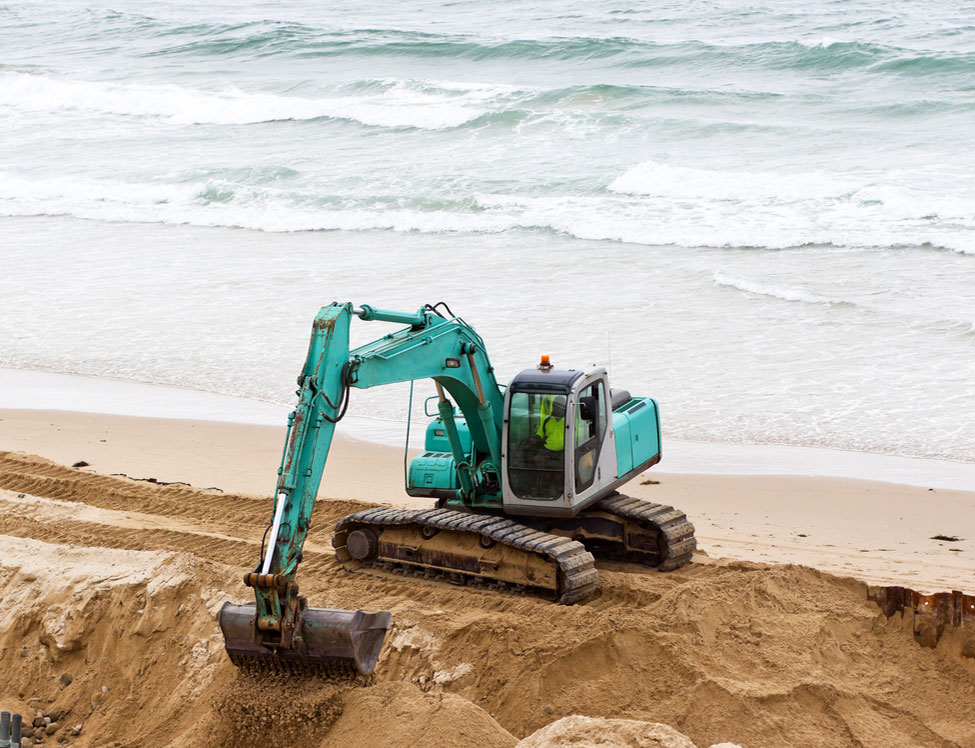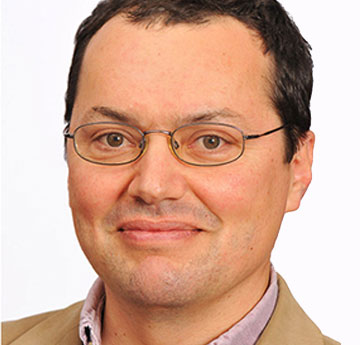The Challenge
In 2001 DEFRA estimated that property and agricultural land valued at £7.7 billion were at risk from coastal erosion in England and Wales. In the interests of sustainability, coastal engineers are looking toward “soft” engineering solutions, which typically involve the placement of sediment at or near the coast, to mitigate the effects of erosion.
At present, there is little understanding of how large deposits of sand may behave, particularly over time and there is no reliable, efficient methodology to predict their effect and evolution. Existing modelling approaches, cannot take into account the randomness of wave conditions, including underlying seasonality and trends.
The Method
Professor Dominic Reeve and Dr Yuzhi Cai from Swansea University, and Professor Nicholas Dodd from the University of Nottingham proposed developing a realistic statistical model of real sea conditions, to enable the effective prediction of tide behaviours under different scenarios, to a high degree of accuracy, which provides strong support to the mathematical theory of morphodynamics developed in this project. This theory pertains to a macro-tidal environment, which would allow the understanding of the movement of large deposits of sand on UK beaches and shoreface.
The Impact
The project was successfully completed in 2020, and will:
- Support the design of new soft engineering defences to protect coasts that do not rely on invasive, expensive and reactive traditional sea defences.
- Have the additional benefit of providing the means to predict how a major proportion of existing coast will behave in the future.
- Address the UK coast in particular, where a large tidal range, combined with a variety of wave conditions, produces a challenging environment.
- Develop tools that will enable the re-thinking of the UK coastal defence strategy.
- Lead to interest worldwide, following the use of morphodynamical theory to identify dynamics of macro-tidal environments.
- Work on extending linear morphodynamical stability theory will also underpin traditional modelling, providing further insight into observations of natural evolution in tidal environments.
- Provide cases against which traditional coastal area models can be tested.
- Provide the first such verification cases, against which traditional models can be tested in Monte-Carlo mode.
- Provide a standard method for generating random sea states that allows for seasonality and trends.














